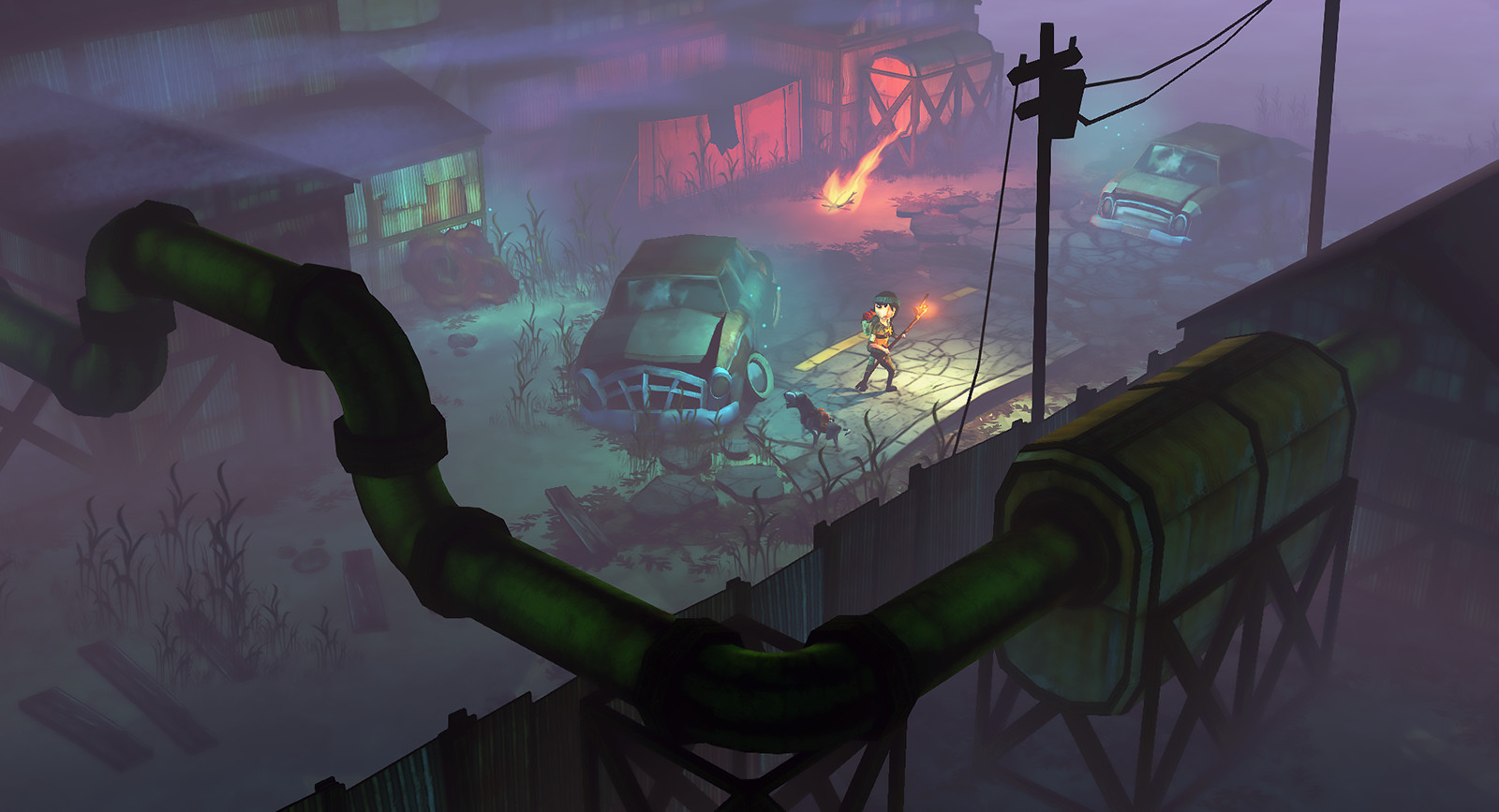


In 2008, he started his weather blog and authored “Weather in the Pacific Northwest.” And for the past two years, he’s hosted the podcast, “Weather with Cliff Mass.” While Day might be a household name for many Wyoming residents, Mass has worked in weather science since 1981 and specializes in weather and climate prediction in the western U.S. “Let’s apply some science to this before we make the statement, ‘Climate change played a role.’” “Whether climate change had an impact on the Yellowstone flooding is something to be determined in post-analysis,” Day said. agreed with Mass’ assessment, adding the verdict is still out and could be for some time to come. This year, we’ve had a cool, wet spring – that’s not warming conditions.”Ĭowboy State Daily Meteorologist Don Day Jr. “In global warming, you would expect to see less snowpack. “This had very little to do with climate change,” said Cliff Mass, a University of Washington professor of atmospheric sciences. While some national media outlets in the past month implied that climate change was at the root of flooding in Yellowstone National Park, some weather experts are cautioning against drawing hasty conclusions. **For All Things Wyoming, Sign-Up For Our Daily Newsletter***


 0 kommentar(er)
0 kommentar(er)
